Hyundai i20 vs Dacia Bigster – Which one offers the better deal?
Both models have their strengths – but which one suits you more?
Compare performance, efficiency, price and space directly: Hyundai i20 or Dacia Bigster?
Costs and Efficiency:
Price and efficiency are often the first things buyers look at. Here it becomes clear which model has the long-term edge – whether at the pump, the plug, or in purchase price.
Hyundai i20 has a slightly advantage in terms of price – it starts at 17400 £, while the Dacia Bigster costs 20600 £. That’s a price difference of around 3162 £.
Fuel consumption also shows a difference: Dacia Bigster manages with 4.70 L and is therefore slightly more efficient than the Hyundai i20 with 5.20 L. The difference is about 0.50 L per 100 km.
Engine and Performance:
Power, torque and acceleration are the classic benchmarks for car enthusiasts – and here, some clear differences start to show.
When it comes to engine power, the Dacia Bigster has a clearly perceptible edge – offering 155 HP compared to 100 HP. That’s roughly 55 HP more horsepower.
In acceleration from 0 to 100 km/h, the Dacia Bigster is to a small extent quicker – completing the sprint in 9.70 s, while the Hyundai i20 takes 11.10 s. That’s about 1.40 s faster.
In terms of top speed, the Hyundai i20 performs slight better – reaching 183 km/h, while the Dacia Bigster tops out at 180 km/h. The difference is around 3 km/h.
There’s also a difference in torque: Dacia Bigster pulls to a small extent stronger with 230 Nm compared to 200 Nm. That’s about 30 Nm difference.
Space and Everyday Use:
Cabin size, boot volume and payload all play a role in everyday practicality. Here, comfort and flexibility make the difference.
Both vehicles offer seating for 5 people.
In curb weight, Hyundai i20 is distinct lighter – 1088 kg compared to 1425 kg. The difference is around 337 kg.
In terms of boot space, the Dacia Bigster offers decisively more room – 667 L compared to 352 L. That’s a difference of about 315 L.
In maximum load capacity, the Dacia Bigster performs evident better – up to 1937 L, which is about 772 L more than the Hyundai i20.
When it comes to payload, Hyundai i20 hardly perceptible takes the win – 472 kg compared to 467 kg. That’s a difference of about 5 kg.
Who comes out on top?
Overall, the Dacia Bigster shows itself to be wins the duel decisively and secures the title of DriveDuel Champion.
It convinces with the more balanced overall package and proves to be the more versatile choice for everyday use.
 @ Dacia / Renault Group Media
@ Dacia / Renault Group Media
Dacia Bigster
Hyundai i20
The Hyundai i20 impresses with its sleek design and modern aesthetics, making it a stylish choice in the compact car segment. Its interior is thoughtfully designed, offering comfort and advanced technology for a pleasurable driving experience. The vehicle also stands out with its efficient performance and agile handling, making city driving a breeze.
details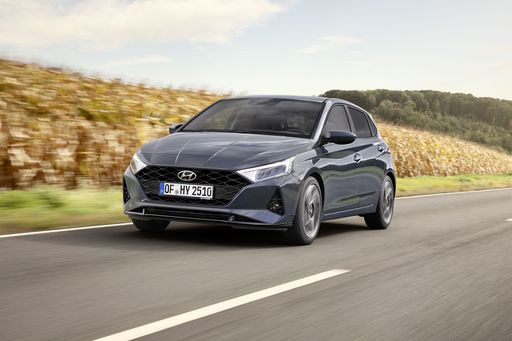 @ Hyundai Motor Company
@ Hyundai Motor Company
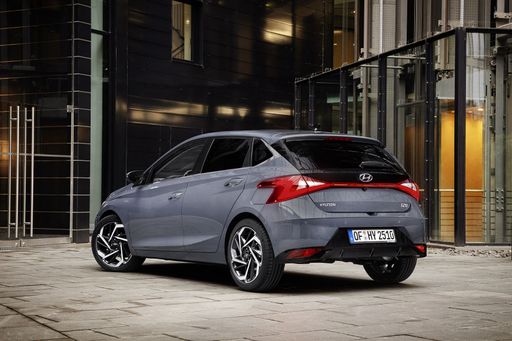 @ Hyundai Motor Company
@ Hyundai Motor Company
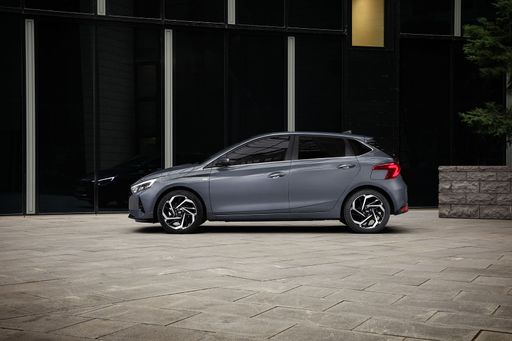 @ Hyundai Motor Company
@ Hyundai Motor Company
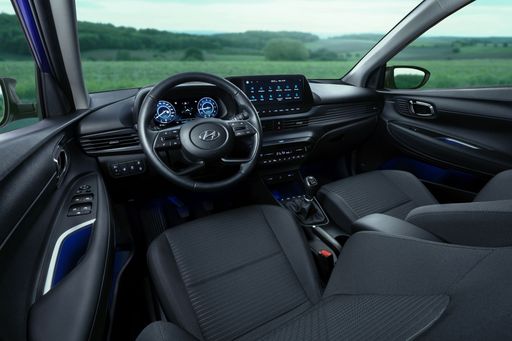 @ Hyundai Motor Company
@ Hyundai Motor Company
 @ Hyundai Motor Company
@ Hyundai Motor Company
Dacia Bigster
The Bigster is poised to redefine the SUV segment with its bold design and spacious interior, catering to the needs of both families and adventure seekers alike. Emphasizing sustainability and practicality, this model reflects a modern approach to automotive engineering, making it a compelling choice for environmentally conscious drivers. With its striking presence on the road, the Bigster not only captures attention but also embodies a new era of versatile mobility.
details @ Dacia / Renault Group Media
@ Dacia / Renault Group Media
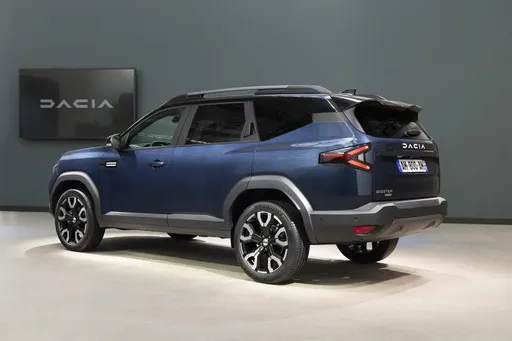 @ Dacia / Renault Group Media
@ Dacia / Renault Group Media
 @ Dacia / Renault Group Media
@ Dacia / Renault Group Media
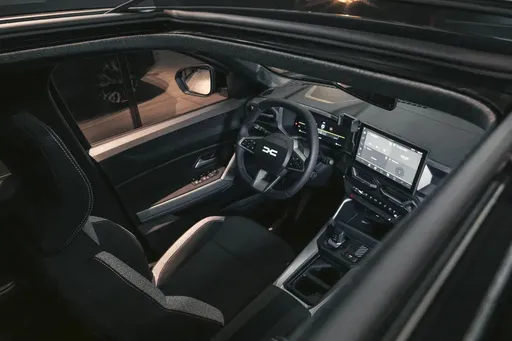 @ Dacia / Renault Group Media
@ Dacia / Renault Group Media
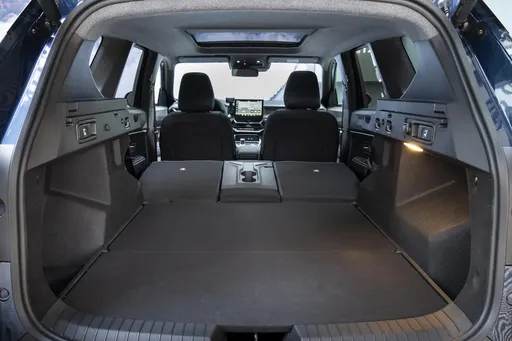 @ Dacia / Renault Group Media
@ Dacia / Renault Group Media
 @ Hyundai Motor Company
@ Hyundai Motor Company
|
 @ Dacia / Renault Group Media
@ Dacia / Renault Group Media
|
|
|
|
Costs and Consumption |
|
|---|---|
|
Price
17400 - 24000 £
|
Price
20600 - 26600 £
|
|
Consumption L/100km
5.2 - 5.3 L
|
Consumption L/100km
4.7 - 7.1 L
|
|
Consumption kWh/100km
-
|
Consumption kWh/100km
-
|
|
Electric Range
-
|
Electric Range
-
|
|
Battery Capacity
-
|
Battery Capacity
-
|
|
co2
119 - 121 g/km
|
co2
106 - 137 g/km
|
|
Fuel tank capacity
40 L
|
Fuel tank capacity
50 - 55 L
|
Dimensions and Body |
|
|---|---|
|
Body Type
Hatchback
|
Body Type
SUV
|
|
Seats
5
|
Seats
5
|
|
Doors
5
|
Doors
5
|
|
Curb weight
1088 - 1190 kg
|
Curb weight
1425 - 1547 kg
|
|
Trunk capacity
352 L
|
Trunk capacity
510 - 667 L
|
|
Length
4065 - 4075 mm
|
Length
4570 mm
|
|
Width
1775 mm
|
Width
1813 mm
|
|
Height
1450 - 1455 mm
|
Height
1705 mm
|
|
Max trunk capacity
1165 L
|
Max trunk capacity
1813 - 1937 L
|
|
Payload
450 - 472 kg
|
Payload
383 - 467 kg
|
Engine and Performance |
|
|---|---|
|
Engine Type
Petrol
|
Engine Type
Petrol MHEV, Full Hybrid, LPG
|
|
Transmission
Automatic, Manuel
|
Transmission
Manuel, Automatic
|
|
Transmission Detail
Dual-Clutch Automatic, Manual Gearbox
|
Transmission Detail
Manual Gearbox, Automated Manual
|
|
Drive Type
Front-Wheel Drive
|
Drive Type
All-Wheel Drive, Front-Wheel Drive
|
|
Power HP
79 - 100 HP
|
Power HP
130 - 155 HP
|
|
Acceleration 0-100km/h
11.1 - 13.7 s
|
Acceleration 0-100km/h
9.7 - 11.2 s
|
|
Max Speed
166 - 183 km/h
|
Max Speed
180 km/h
|
|
Torque
113 - 200 Nm
|
Torque
230 Nm
|
|
Number of Cylinders
3 - 4
|
Number of Cylinders
3 - 4
|
|
Power kW
58 - 74 kW
|
Power kW
96 - 115 kW
|
|
Engine capacity
998 - 1197 cm3
|
Engine capacity
1199 - 1799 cm3
|
General |
|
|---|---|
|
Model Year
2024
|
Model Year
2025
|
|
CO2 Efficiency Class
D
|
CO2 Efficiency Class
E, D, C
|
|
Brand
Hyundai
|
Brand
Dacia
|
What drivetrain options does the Hyundai i20 have?
The Hyundai i20 is offered with Front-Wheel Drive.
The prices and data displayed are estimates based on German list prices and may vary by country. This information is not legally binding.
